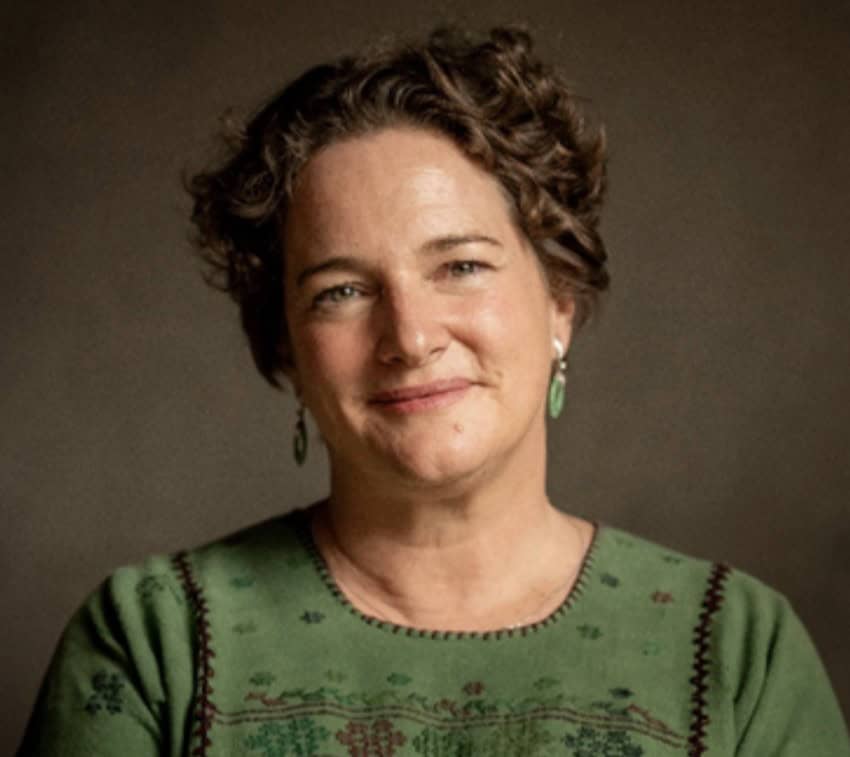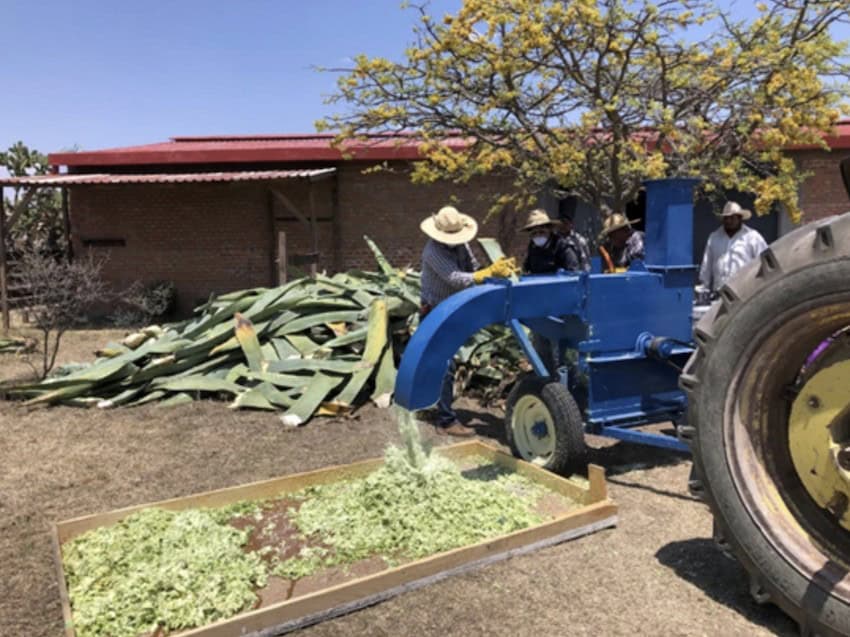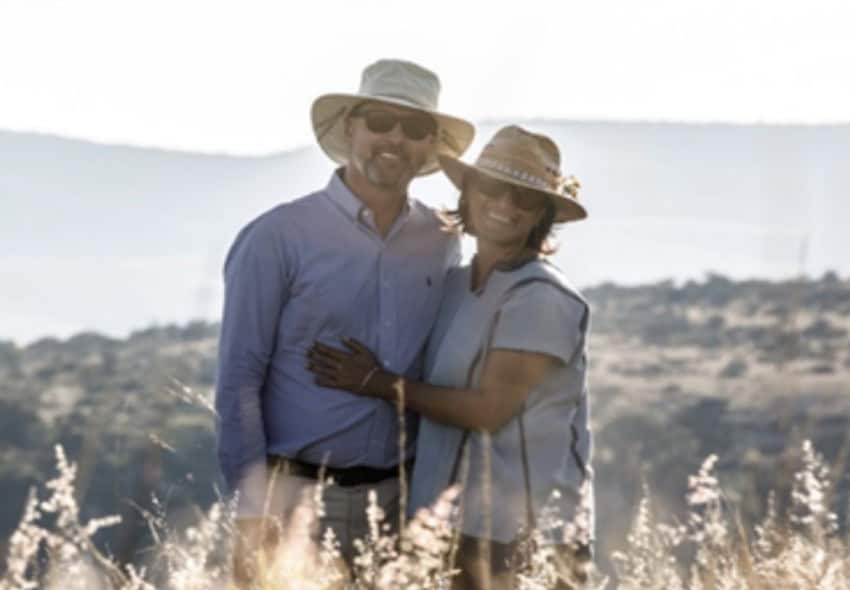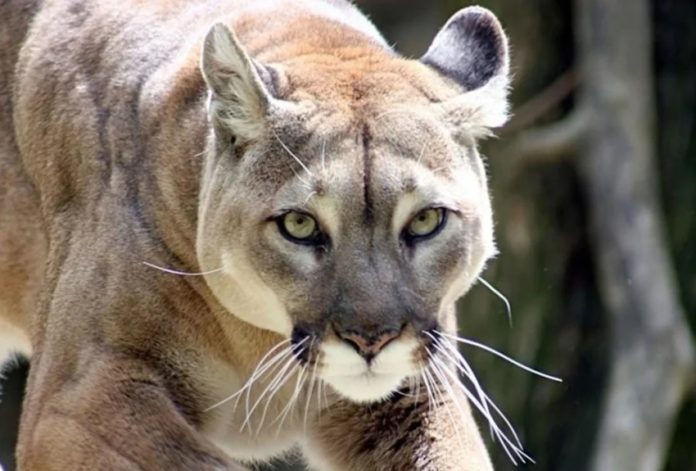What is the ultimate proof that efforts to restore degraded land have been successful? When an apex predator such as the puma returns to the ecosystem. That signifies that the soil is healthy enough to sustain plant life. In turn, this supports animals such as rabbits and deer, which are prey for the puma. A new scheme, operated by Hacienda Cañada del Virgen, has found a way to do just this.
In the state of Guanajuato, faced with deforested land and an escalating water crisis, several innovators in regenerative agriculture are utilizing the amazing properties of the agave plant, to capture moisture from the nighttime air. These plants survive on a single liter of water per year and generate impressive results. They have also been used to improve environmental conditions enough to see pumas return to the wilds.

Such was the experience of the Trapp family of Hacienda Cañada de la Virgen, whose innovative reforestation system, centered around the agave plant, has enabled the return of the puma to their five-thousand-hectare organic, grass-fed cattle ranch and nature preserve near San Miguel de Allende. One great cat was recently photographed by a livestock camera after not having been seen in the area for decades.
Deforestation in Mexico began with the Spaniards’ arrival five hundred years ago and has never stopped. Huge swaths of deforested land have been further degraded by overgrazing, harmful industrial farming practices such as the overuse of pesticides and fertilizers, and climate change. Mexico’s arid and semi-arid regions are fragile ecosystems, and the result in many areas has been desertification. While certain parts of the country have always been natural deserts, other regions have only become so over time. Sixty percent of Mexico’s land is now considered desert or semi-desert, as well as 35 percent of all land in the United States.
Sophia Trapp, an expert in sustainable development and ecosystem restoration, credits Jose Flores of Hacienda Zamarripa in San Luis de la Paz as the “godfather” of the agave fermentation method used in her regenerative agriculture system. Flores densely planted fast-growing species of agaves among nitrogen-fixing tree species such as mezquite. His revolutionary innovation was a machine that could shred the fibrous agave leaves into bite-sized pieces, allowing for the creation of a water and nutrient rich animal feed. Each local agave plant produces up to one ton of biomass over its 10-year lifespan. The leaves, pruned annually, are chopped in the machine and fermented in closed containers, resulting in high-quality, inexpensive animal fodder for sheep, goats, pigs, and chickens.

Ronnie Cummins, with the support of Regeneration International, built on the Zamarripa model at the organic farm outside of San Miguel de Allende. The goal of Regeneration International’s Billion Agave Project campaign is to plant one billion of the plants globally. This is designed to draw down and store one billion tons of climate-destabilizing CO2.
Also inspired by the Zamarripa model, Trapp added important innovations at Cañada de la Virgen, developing the first system to produce agave silage suitable for cattle and scalable for large herds. Her system is commercially viable and available to the public. A “How To Make Agave Silage” video is accessible at canadadelavirgen.mx.
Cañada de la Virgen is one of Guanajuato’s most significant nature reserves, with an archaeological site that dates back to pre-Hispanic times when the Otomi people built pyramids there for rituals and star-gazing. Today it is the second most visited tourist site in the region, drawing tens of thousands of visitors each year, but when the Trapp family purchased the property 25 years ago, both the ruins and the land were sorely overgrazed and neglected. They reduced the number of cattle by half to stop overgrazing and certified the ranch as organic. In 2011, Alex and Sophia’s mother also registered the property as a federal nature reserve with the Mexican government, and the National Institute of Anthropology and History opened the archaeological site to the public.
The ranch is now run by Sophia Trapp, her husband Paul Escott, brother Alexander Trapp, and his partner, Laura Rodríguez. The Trapps have established 70 acres of reforestation test plots, where they plant agave on contoured berms to harvest rainwater. The berms act as natural sponges, reducing evaporation and redirecting precious rainwater into the bedrock, where it runs downhill underground rather than evaporating, thereby naturally irrigating the land downhill.

Trapp has also developed microbial preparations to jumpstart soil health. Her team is restoring the micro life forms in the earth by applying compost teas, fungal teas, and biochar. Since they began restoring the soil, digging berms, and planting agaves five years ago, the arid farmland has come back to life exponentially. A diverse variety of plants have naturally begun to take root around the agave, including mezquite, nopal, ocotillo, and grasses. Oak saplings are also growing quickly in areas where they did not thrive before. While oak trees flourished in the region when the Spaniards arrived overharvesting soon drove them to the brink of extinction in the area.
Agaves are the ideal crop to spur this ecosystem rehabilitation as they have a 98 percent survival rate without any human intervention. Trapp dubbed this innovative reforestation system “Agavesse.” “We must shift from extractive economic paradigms to regenerative, circular economies,” said Trapp, “and agave is the key to ecosystem regeneration in an arid or semi-arid climate.”
Some neighboring ranches are already implementing similar systems on their overgrazed land, creating new streams of valuable revenue for farmers and their communities. Since introducing agave silage into their cattle’s diet in 2020, the Trapps have seen improvements in meat quality, birth rates, and overall health.
In addition to being highly economical to produce, agave silage is extremely attractive because the agave plants require no irrigation, unlike other nutrient-rich animal feed such as alfalfa. An astounding 60 percent of Guanajuato’s current water usage is going to alfalfa production. Not only is the state currently experiencing a severe drought, but as the nation’s water crisis grows, conservationists argue that even in non-drought years, we will need to reserve our supplies of fresh water for human use: drinking, bathing, and growing human food. We have to utilize much less water-intensive crops to feed animals, as well as urgently develop other water conservation strategies.

An additional benefit to growing agave, of course, is the opportunity to make agave spirits, an opportunity that Hacienda Cañada de la Virgen has embraced. Their Casa Agave produces two spirits: the Mata de Monte, with its distinctive red label featuring the puma who have returned to the land, and the premium Atzin, winner of “Best of Class, International Agave” at the prestigious ADI 2024 International Spirits Competition Awards. Both are featured at Casa Agave’s own Bar Atzintli in San Miguel de Allende.
Cañada de la Virgen caters for special private and gourmet events with views of the pyramid and gorgeous nature. To book a visit or learn more about these innovative ecosystem regeneration methods, visit www.canadadelavirgen.mx and www.casagave.mx.
Based in San Miguel de Allende, Ann Marie Jackson is a writer and NGO leader who previously worked for the U.S. Department of State. Her award-winning novel “The Broken Hummingbird,” which is set in San Miguel de Allende, came out in October 2023. Ann Marie can be reached through her website, annmariejacksonauthor.com.
